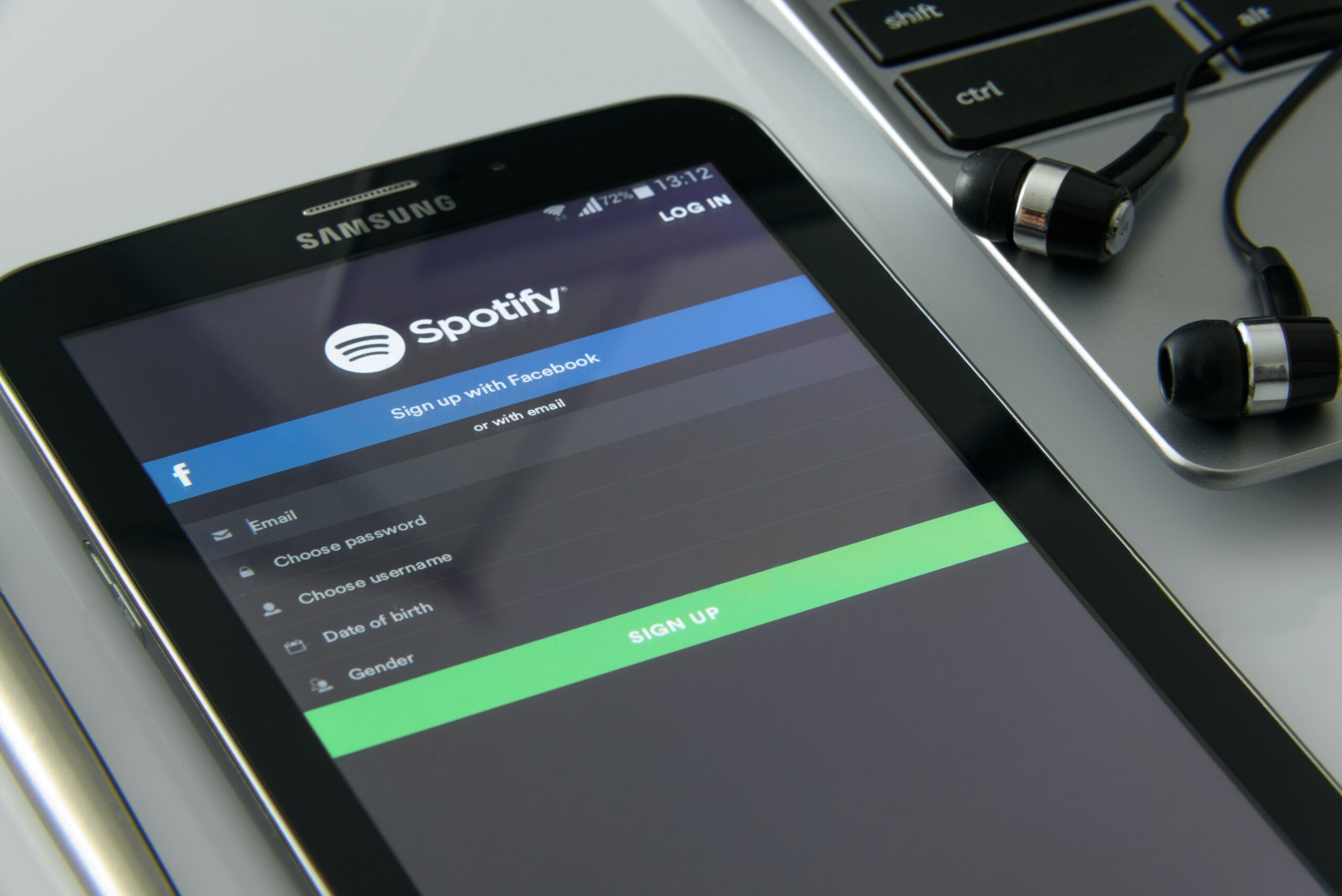Growing concerns about personal safety have been heightened in light of recent data on cell phone thefts in Brazil. Recently, a survey conducted by Datafolha revealed a worrying increase in the number of victims of this type of crime, reflecting an alarming reality that deserves attention.
The survey, conducted between June 11 and 17, involved 2,508 respondents over the age of 16, covering all regions of the country. The survey’s margin of error is two percentage points, which gives its findings significant relevance. The purpose of this article is to explore the implications of this data and provide practical guidance on how to protect apps and devices from theft and robbery.
Incidence Level and Projections

Datafolha data indicates that 9.2% of respondents had their cell phones stolen or robbed in the last 12 months. The disparity is notable between different areas: 15% of residents of capital cities reported having been victims of this crime, compared to 6% in rural areas. Cities with more than 500,000 inhabitants, even if they are not capital cities, have a rate of 14%.
These statistics suggest that, considering the proportion of the population, around 14.7 million Brazilians were affected by cell phone thefts in the period analyzed. This is equivalent to approximately 1,680 cell phones being stolen every hour in the country, a figure that exceeds by more than 14 times the official records of occurrences, which totaled 937 thousand cases in 2023.
See below: SERASA announces discounts of up to 99% for negotiated debts; access via the app
Underreporting and Economic Impacts
The survey also reveals a high rate of underreporting, with only 55% of respondents reporting having reported the theft or robbery of their cell phones. The lack of registration contributes to an estimated underreporting of 45%. This data is crucial, as it shows that many cases are not officially recognized, which can influence public perception and security policies.
Furthermore, Datafolha estimates that the total financial loss from cell phone thefts and robberies alone reached R$22.7 billion in one year. Only the losses caused by scams involving Pix or fake bills exceed this amount, resulting in R$25.4 billion in losses.
Prevention and Protection Measures
Given the high rate of theft and robbery, it is essential to adopt preventive measures to protect devices and personal information. One effective strategy is to protect mobile applications, which can include setting strong passwords and activating two-factor authentication.
Many devices offer the ability to block access to specific apps, restricting their use to unauthorized individuals. Additionally, the use of tracking apps can be vital in locating and, if possible, recovering the device in the event of theft. However, only 21% of those surveyed have insurance against theft or robbery of their smartphones, highlighting the need for greater awareness of the importance of insurance and other forms of protection.
With these data in mind, it is essential that both individuals and authorities actively engage in prevention and awareness-raising strategies. The situation requires a comprehensive response that goes beyond simple statistics, addressing practical and political issues to combat the increase in these crimes and minimize their impact on the lives of Brazilians.
See below: INTERVIEW! Itaú President wants 15 million in the new super app; see the advantages



